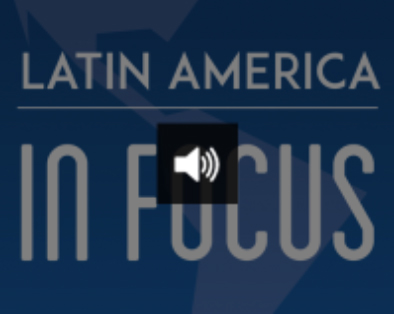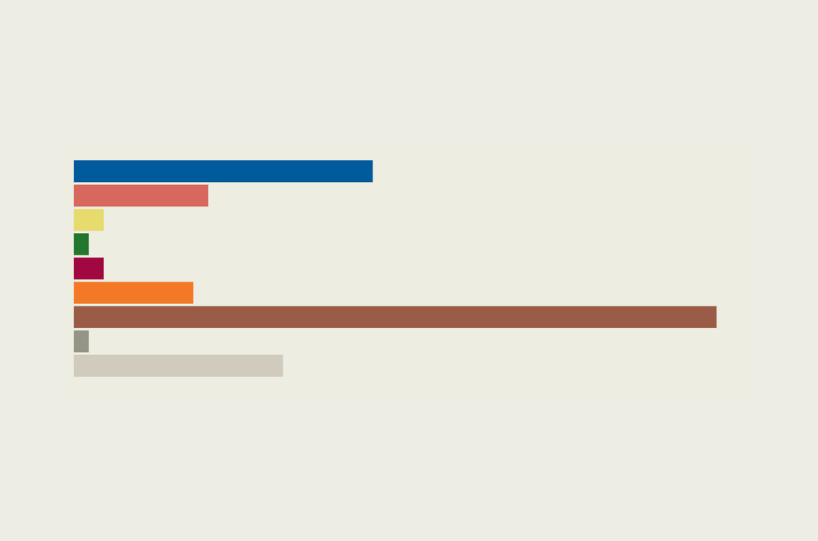Chart: Trade Flows in the New TPP-11
Chart: Trade Flows in the New TPP-11
We look at trade among the Pacific Rim countries, which now make up the world’s third-largest trade bloc.
On the same day the White House signed protectionist tariffs on steel and aluminum imports, the world’s third-largest trade bloc was born. The 11 remaining countries of the Trans-Pacific Partnership (TPP)—a pact that included the United States until Donald Trump took office—signed their own trade agreement on March 8 in Santiago de Chile. Now known as the Comprehensive and Progressive Agreement for Trans-Pacific Partnership, or the TPP-11 for short, the trade bloc includes four countries in the Americas (Canada, Chile, Mexico, and Peru), and seven in the Asia-Pacific region (Australia, Brunei, Japan, Malaysia, New Zealand, Singapore, and Vietnam). The bloc accounts for 12.6 percent of the global economy, and 498.8 million people, making it the world’s third-largest trade bloc. Had the trade pact included the United States, the bloc would make up 36.8 percent of global GDP.
But the TPP-11 trade agreement leaves room for Washington’s return. The revised document suspends, but does not remove, 22 items the United States explicitly negotiated for. In January, the Trump administration said it might consider rejoining.
For now, the TPP-11 countries will see 98 percent of tariffs eliminated on trade with one another. The four Western Hemisphere members have room to grow when it comes to trade with their Asian counterparts; in 2016 they traded a total $84 billion worth of exports and imports. Before the TPP-11 deal can come into force however, six of the 11 countries must independently ratify the trade deal.
Here’s where trade flows stand between the member countries on each side of the Pacific.







